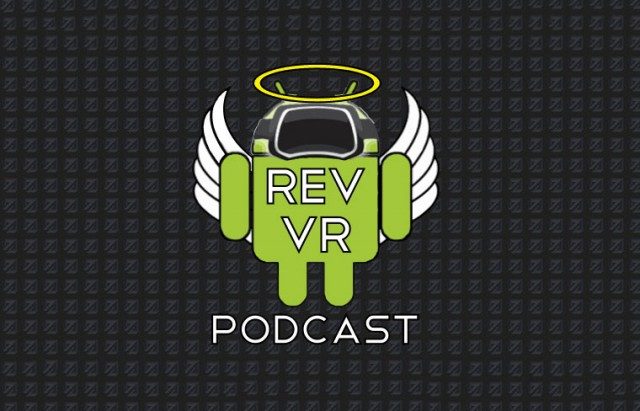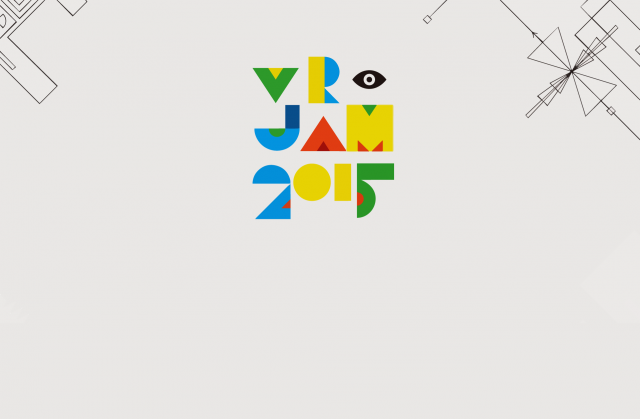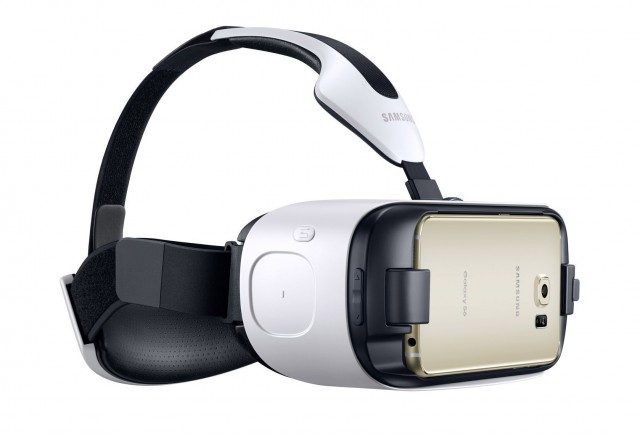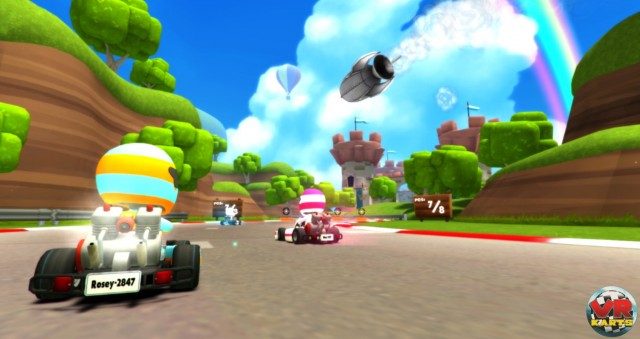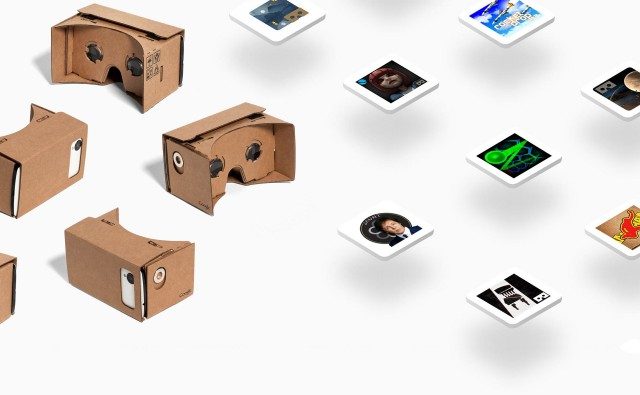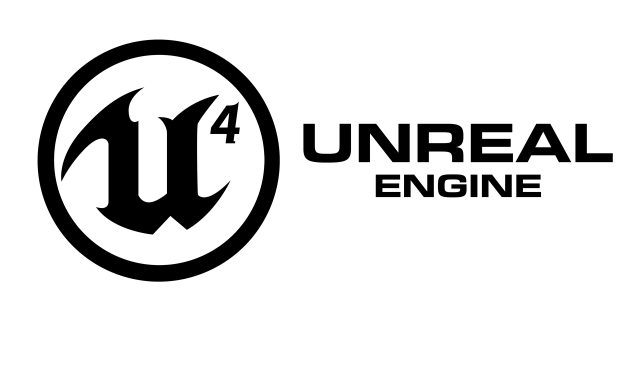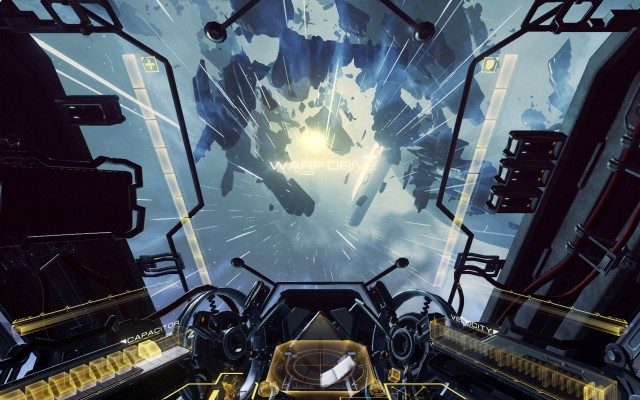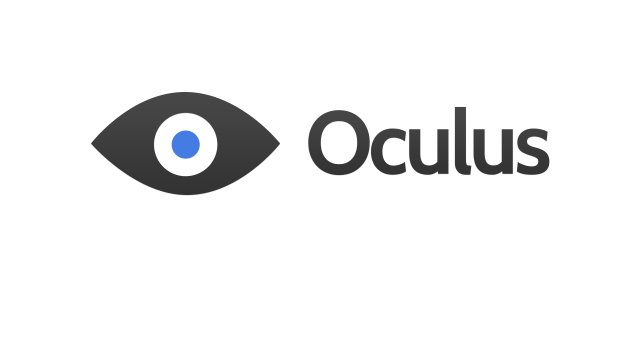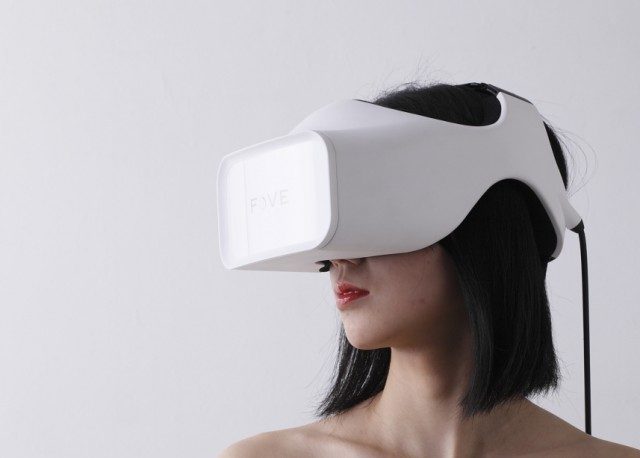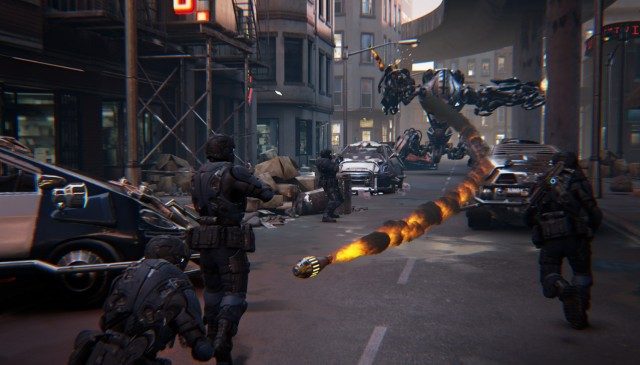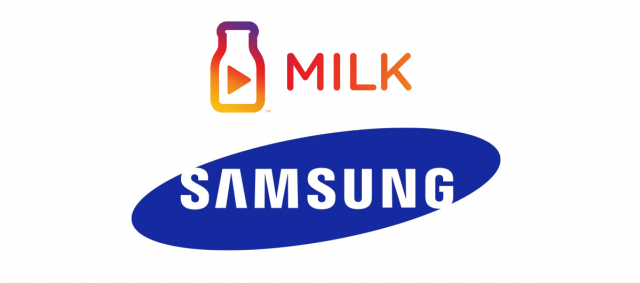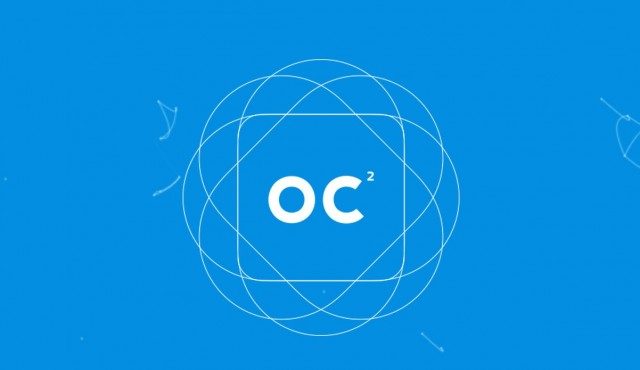Oculus have announced that their second ‘Connect’ developer event will take place September 23-35 at the Loews Hollywood Hotel in Hollywood, CA and it’s set to prime the industry for VR’s imminent consumer debut.
Oculus’s inaugural ‘Connect’ event last year was a chance for the virtual reality developer community to come together, brush shoulders with both their peers and Oculus staff and get their hands on Oculus’ latest feature prototype, the Crescent Bay.
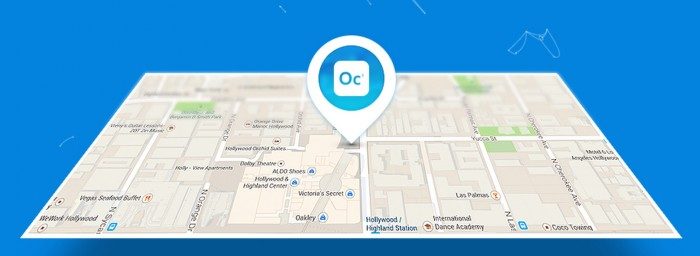
This year’s event, will follows the recent Rift consumer edition launch announcement and next month’s Pre-E3 “Step into the Rift” press event, and is likely to see Oculus gearing developers up for the Rifts launch in Q1 2016. In fact, the announcement sets a tone designed to bolster VR developers’ confidence who had up until recently struggled to plan their projects in lieu of a solid launch window.
This year’s Connect will feature keynotes from Brendan Iribe, Michael Abrash, and John Carmack, plus everything developers need to know to launch on the Rift and Gear VR.
No itinerary has yet been set, but with not one but two Oculus VR hardware platforms available in the first half of next year (Oculus Rift and Gear VR), there’s no shortage of things to talk about.
As ever, one of the highlights will likely be the keynotes. Expect a signature, schedule-busting keynote from Oculus CTO John Carmack, whose frank and open discussion on mobile VR last year was a must-see for anyone with interest in … well anything geeky at all to be perfectly honest. Chief Scientist Michael Abrash, whose fascinating talks exploring the limits of virtual reality theory rarely disappoint. And of course, CEO Brendan Iribe will likely look forward to key events to follow in the year ahead.
Last years event was unashamedly developer oriented, with minimal press presence and a pre-registration system to ensure the ‘right people’ are in attendance. This year looks to be following a similar course, so if you’re a developer and you’re interested in attending, head over to the sign-up page next month when sign-up forms will be made available.
We’ll keep you up to date on further news as it arrives.

